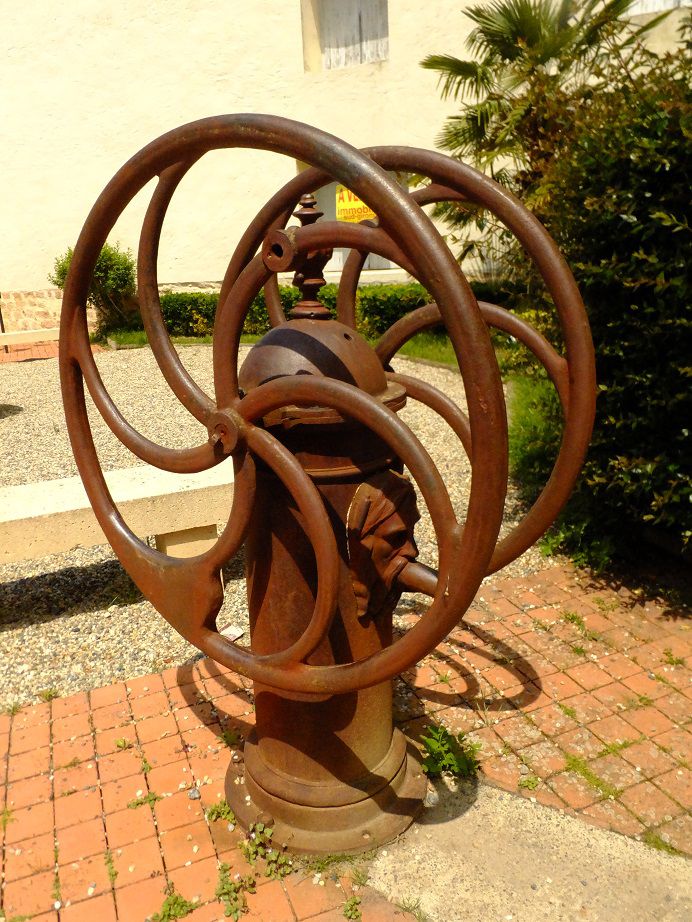 |
| Skyline of Caen |
On our recent trip to Normandy, visits to two cities provide a chance to compare the devastation incurred during WWII's Battle of Normandy.
Caen
The city of Caen suffered a great deal of damage during the war. Originally slated to be the first city liberated, Allied troops were delayed for a month. In early July 1944, intense bombing resulted in 2,000 French civilian casualties, the destruction of 70 percent of the city and finally (after a second month of fighting) its liberation. Today Caen houses the Peace Memorial (Caen-Normandie Mémorial Cité de L'Historire pour la Paix) an unmissable stop for those visiting WWII sites.
 |
| Caen-Normandie Mémorial Cité de L'Historire pour la Paix |
Caen's most famous historical figure was William the Conqueror and it is here that visitors can find his three great works: the Abbaye aux Hommes, the Abbaye aux Dames and the Château de Caen.
 |
| Castle of William the Conqueror in Caen |
 |
Abbaye aux Hommes in Caen is William the Conqueror's last resting place,
although his tomb was destroyed in the 16th century. |
 |
"L'étudiant" bronze by A.E. Le Tual ("De Laheudrie")
outside Caen's Musée des Beaux-arts |
Exploring the neighborhoods of Caen, Normandy's third-largest city, we note the contrast between the old, which is remarkably still standing, and the new.
 |
| New and old buildings in downtown Caen |
Bayeux
Bayeux was the first French city to be liberated the day after the D-Day landings and for a brief time was the capital of Free France. Germans fled the city on June 6, 1944, and local Resistants managed to tell the Allied armies and thus save Bayeux from being bombed. For the duration of the Battle of Normandy, Bayeux became an important center for deployment, refugee services and medical treatment.
 |
Fountain in Place Chares De Gaulle in Bayeux. It was here that the
general spoke a week after the D-Day invasions. |
Bayeux's origins date back to the first century when it was founded as a Gallo-Roman settlement. Despite centuries of pillaging, the city maintains a Middle Ages charm. It's a surprisingly compact city filled with lovely churches, squares and medieval houses. Adding to the scenery is the pretty Aure River which bisects the town.
 |
| Buildings along the Aure River in Bayeux |
 |
| Detail of arch along Rue Saint-Martin in Bayeux |
The city's most popular attraction is la tapisserie de Bayeux — the Norman tapestry. Although not a tapestry per se, this 70-meter-long embroidered cloth from the 11th century has been called one of the first comic strips in history. With more than 600 characters, 200 horses and hundreds of animals, the tapestry depicts the story of the conquest of England in 1066 by William the Conqueror. No photos are allowed in the Bayeux Museum which houses the tapestry, but I can offer my own impressions. Although visitors are directed to shuffle past the tapestry along with a continuous line of visitors, it would preferable to watch the museum's short film first. The film tells the story of William and of how the tapestry came to be. Another gallery at the museum delves even deeper into the period and contains some amazing miniature villages.
Bayeux is an ideal rest stop during our visits to the D-Day sites and along the trail of William the Conqueror.
 |
| Cathedral Notre Dame de Bayeux |
 |
| Really big red door to the Bayeux cathedral |
 |
| Choir practice inside the Bayeux Cathedral |
 |
Amateur paparazzi descend upon a vintage car carrying a bride
at the Bayeux Cathedral. |
 |
| Grand Hôtel D'Argouges in Bayeux |
 |
| Detail on the Grand Hôtel D'Argouges in Bayeux |
























































